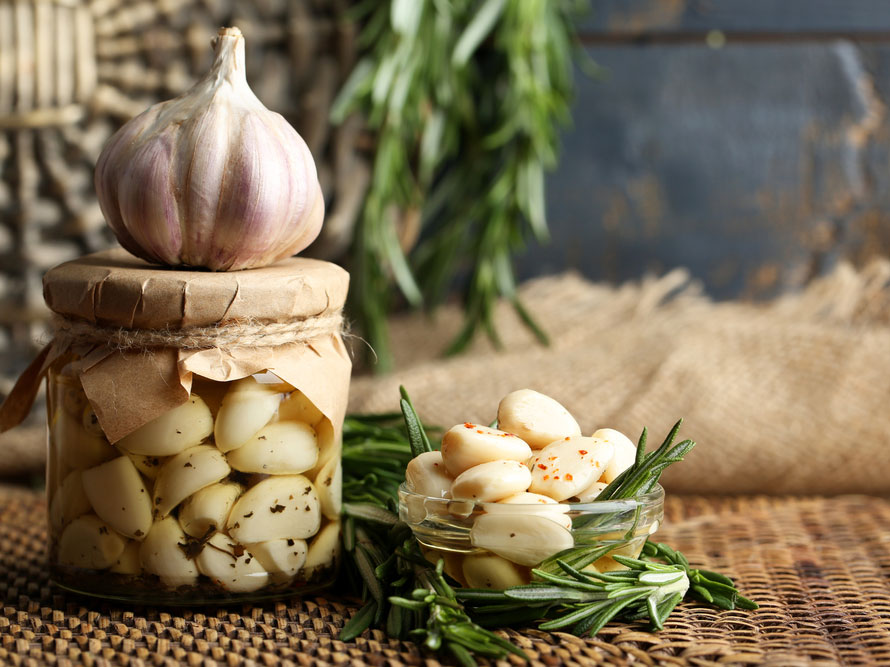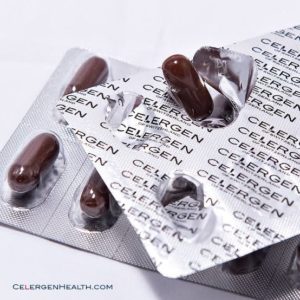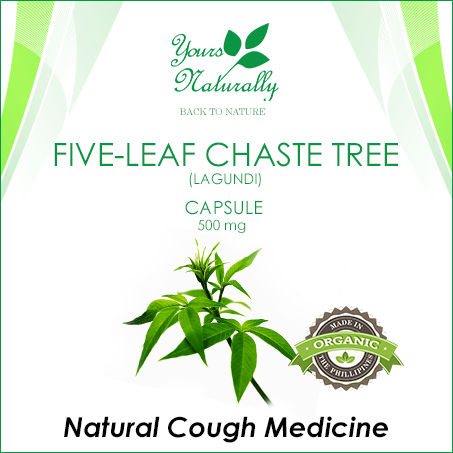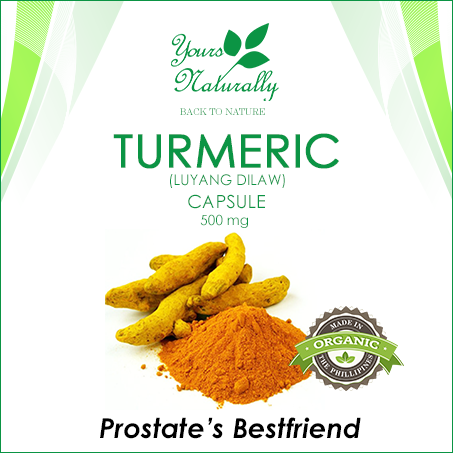Description
Garlic (Allium sativum), a herb used widely as a flavoring in cooking, has also been used as medicine throughout ancient and modern history to prevent and treat a wide range of conditions and diseases. Garlic belongs to the onion genus Allium, and is closely related to the onion, rakkyo, chive, leek, and shallot. It has been used by humans for thousands of years and was used in Ancient Egypt for both culinary and therapeutic benefits.
Garlic has been used all over the world for thousands of years. Records indicate that garlic was in use when the Giza pyramids were built, about five thousand years ago. The ancient Greek physician Hippocrates (circa. 460-370 BC), known today as “the Father of Western medicine”, prescribed garlic for a wide range of conditions and illnesses. Hippocrates promoted the use of garlic for treating respiratory problems, parasites, poor digestion and fatigue. The original Olympic athletes in Ancient Greece were given garlic – possibly the earliest example of “performance enhancing” agents used in sports. From Ancient Egypt, garlic spread to the advanced ancient civilizations of the Indus Valley (Pakistan and western India today). From there, it made its way to China.
Throughout history in the Middle East, East Asia and Nepal, garlic has been used to treat bronchitis, hypertension, tuberculosis, liver disorders, dysentery, flatulence, colic, intestinal worms, rheumatism, diabetes, and fevers. The French, Spanish and Portuguese introduced garlic to the New World.
1. High in Nutrition.
Calorie for calorie, garlic is incredibly nutritious. A 1-ounce (28 grams) serving of garlic contains:
- Manganese: 23% of the RDA.
- Vitamin B6: 17% of the RDA.
- Vitamin C: 15% of the RDA.
- Selenium: 6% of the RDA.
- Fiber: 1 gram.
- Decent amounts of Calcium, Copper, Potassium, Phosphorus, Iron and Vitamin B1.
Garlic also contains trace amounts of various other nutrients. In fact, it contains a little bit of almost everything we need. This is coming with 42 calories, with 1.8 grams of protein and 9 grams of carbs.
2. Immune Booster.
Garlic supplementation is known to boost the function of the immune system. If you often get colds, then adding garlic to your diet could be incredibly helpful.
3. Decreases Blood Pressure.
Human studies have found garlic supplementation to have a significant impact on reducing blood pressure in people with high blood pressure. In one study, aged garlic extract at doses of 600-1,500 mg was just as effective as the drug Atenolol at reducing blood pressure over a 24-week period. Supplement doses must be fairly high to have these desired effects. The amount of allicin needed is equivalent to about four cloves of garlic per day.
4. Eliminates Bad Cholesterol.
Garlic improves cholesterol levels, which may lower the risk of heart disease. For those with high cholesterol, garlic supplementation appears to reduce total and/or LDL cholesterol by about 10-15%. Looking at LDL (the “bad”) and HDL (the “good”) cholesterol specifically, garlic appears to lower LDL but has no reliable effect on HDL. Garlic does not appear to lower triglyceride levels, another known risk factor for heart disease.
5. Anti-Aging.
Oxidative damage from free radicals contributes to the ageing process. Garlic contains antioxidants that support the body’s protective mechanisms against oxidative damage. High doses of garlic supplementation have been shown to increase antioxidant enzymes in humans, as well as significantly reduce oxidative stress in those with high blood pressure. The combined effects on reducing cholesterol and blood pressure, as well as the antioxidant properties, may help prevent common brain diseases like Alzheimer’s disease and dementia.
6. Improves Stamina.
Garlic was one of the earliest “performance enhancing” substances. It was traditionally used in ancient cultures to reduce fatigue and enhance the work capacity of labourers. Most notably, it was administered to Olympic athletes in ancient Greece. Rodent studies have shown that garlic helps with exercise performance, but very few human studies have been done. Subjects with heart disease that took garlic oil for 6 weeks had a reduction in peak heart rate of 12% and improved their exercise capacity. However, a study on nine competitive cyclists found no performance benefits. Other studies suggest that exercise-induced fatigue may be reduced with garlic.
7. Blood Cleanser.
At high doses, the sulfur compounds in garlic have been shown to protect against organ damage from heavy metal toxicity. A four-week study in employees of a car battery plant (excessive exposure to lead) found that garlic reduced lead levels in the blood by 19%. It also reduced many clinical signs of toxicity, including headaches and blood pressure. Three doses of garlic each day even outperformed the drug D-penicillamine in symptom reduction.
8. Minimizes Bone Loss.
No human trials have measured the effects of garlic on bone loss. However, rodent studies have shown that it can minimise bone loss by increasing estrogen in females. One study in menopausal women found that a daily dose of dry garlic extract (equal to 2 grams of raw garlic) significantly decreased a marker of estrogen deficiency. This suggests that this garlic may have beneficial effects on bone health in women. Foods like garlic and onions have also been shown to have beneficial effects on osteoarthritis.














